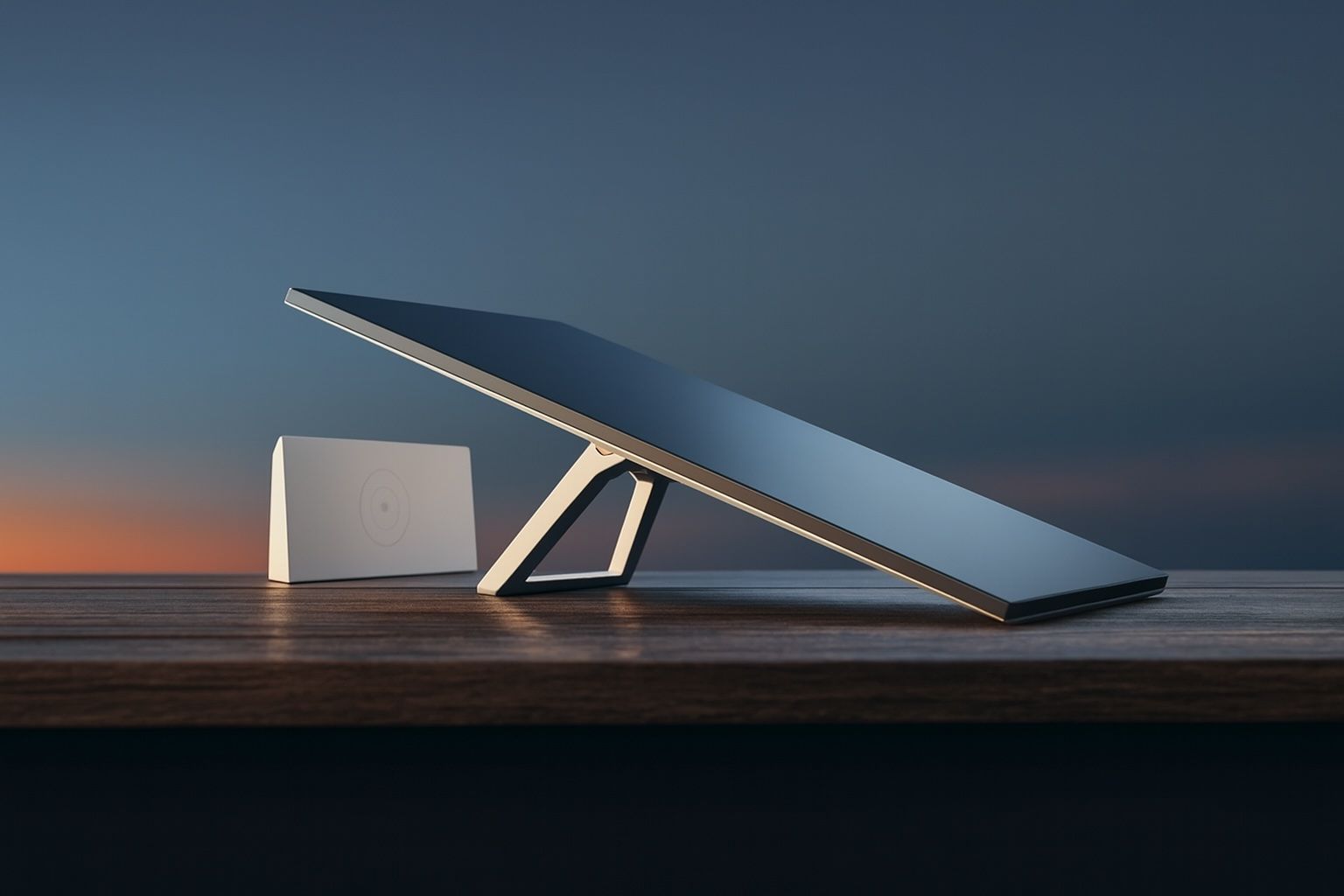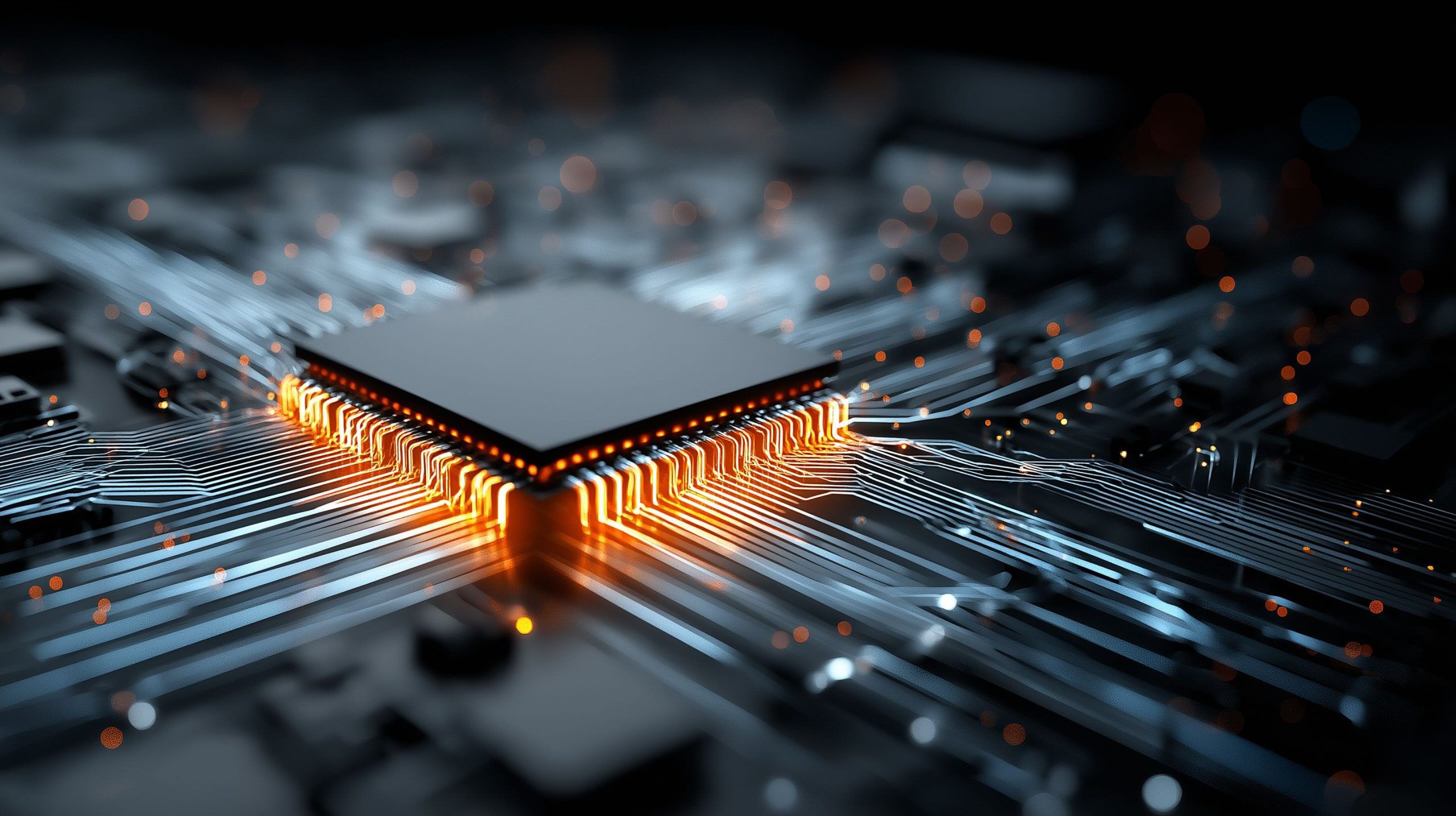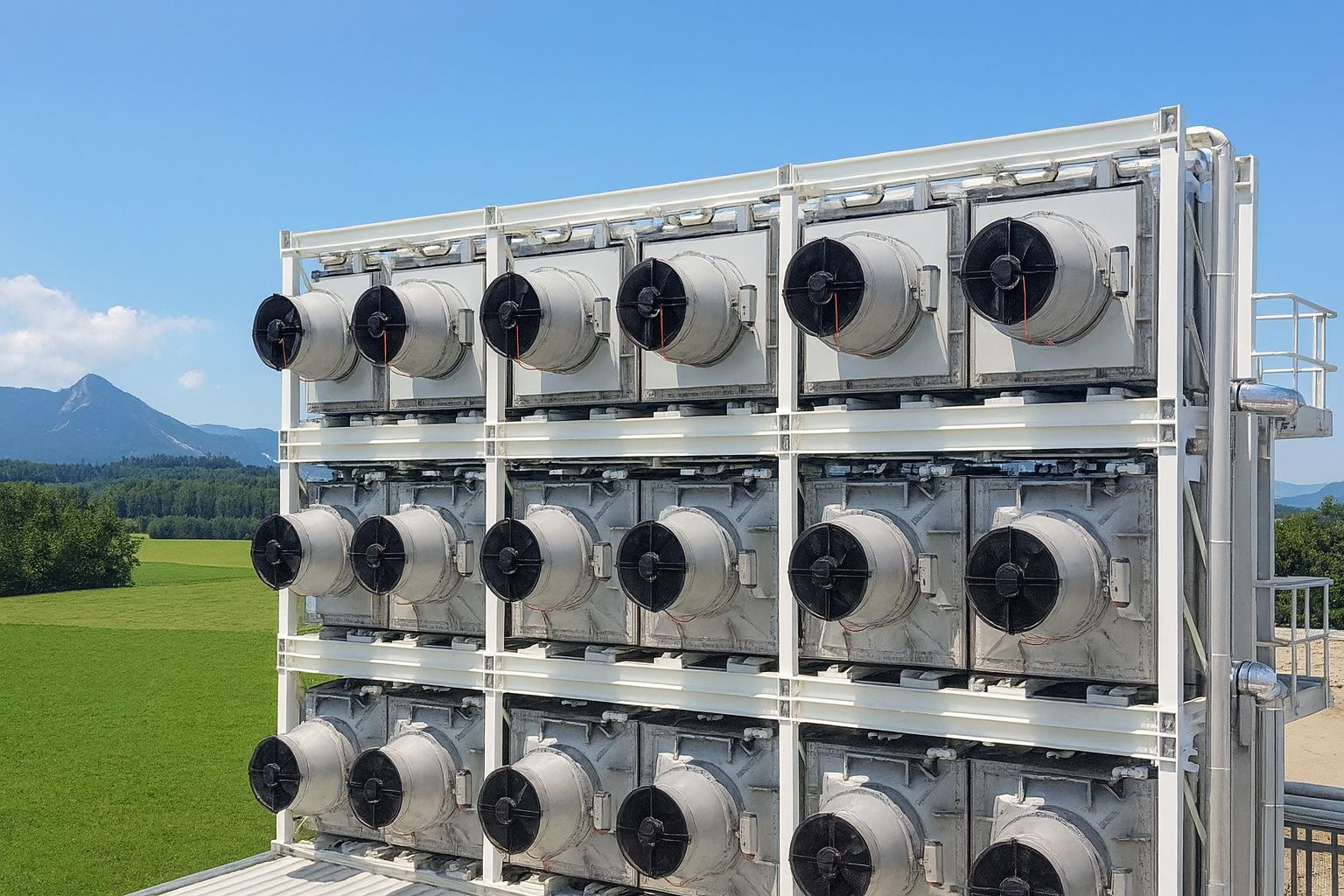
Dark
Light
Today: 7 December 2025
Browse Category
Technology Comparison News 19 June 2025 - 22 September 2025


Spotify’s Hi‑Res Lossless Streaming Is Finally Here – How It Compares to Apple Music and Amazon Music HD
Spotify’s Lossless Audio Rollout: Technical Approach and Features After years of anticipation, Spotify’s high-fidelity streaming has arrived in late 2025. All Spotify Premium users will soon have the ability to stream music in lossless CD-quality. Here’s an overview of Spotify’s
14 September 2025

Photonic AI Accelerators vs. GPUs – The Battle for AI’s Future in Efficiency, Cost, and Scale
1. Performance per Watt: Photon vs. Electron Efficiency One of the biggest promises of photonic AI accelerators is superior energy efficiency. By using light to perform computations (especially matrix multiplications at the heart of AI models), photonic chips can potentially
28 August 2025

Sky-High Carbon Removal Showdown: Climeworks Gen 2 vs. Heirloom Limestone vs. Carbon Engineering’s AIR2 DAC
Climeworks’ Generation 2 DAC uses modular solid-sorbent containers; the Orca plant in Iceland has operated since 2021 at 4,000 t/yr, and Mammoth is designed for 36,000 t/yr (72 modules), though by May 2024 only 12 modules were online and capture
14 August 2025

AI Video Generator Showdown 2025: PixVerse AI vs Runway ML vs Pika Labs
PixVerse AI released the v4.5 model in August 2025, adding more than 20 features including cinematic camera moves and multi-image fusion. Runway Gen-4 launched on March 31, 2025, delivering higher-fidelity video with temporal consistency and support for visual reference inputs.
7 August 2025

Sora vs Veo 3 vs Runway Gen-4: Which AI Video Generator Is Taking Over 2025?
Sora can generate videos up to 20 seconds at 1080p for ChatGPT Pro users and 10 seconds at 720p for ChatGPT Plus, with a research version capable of about 1 minute. Sora outputs at 24 fps and supports widescreen, vertical,
5 August 2025

Beyond Lithium-Ion: Sodium-Ion vs. Solid-State vs. Lithium-Sulfur – Who Wins the Next Battery Race?
CATL unveiled the world’s first mass-produced sodium-ion EV battery, named Naxtra, in 2023 and began deploying it in cars by late 2023. Sodium-ion cells typically deliver 140–160 Wh/kg, with CATL’s best prototypes around 175 Wh/kg and a second-generation cell expected
5 August 2025

AI vs Data Science: Shocking Differences, Surprising Overlaps, and the 2025 Showdown
In 2024, 78% of organizations reported using some form of AI, up from 55% in 2023, according to Stanford’s AI Index. Stanford’s 2025 AI Index notes that the inference cost for running models at GPT‑3.5 level fell about 280× from
27 July 2025

Top 10 Web Browsers of 2025: Features, Security, Market Share & Performance Comparison
Google Chrome holds roughly two-thirds of the global browser market in 2025, about 66–67%. Apple Safari commands about 17–18% of the global market in 2025, with desktop share around 9%. Microsoft Edge accounts for about 5% of global share in
19 June 2025